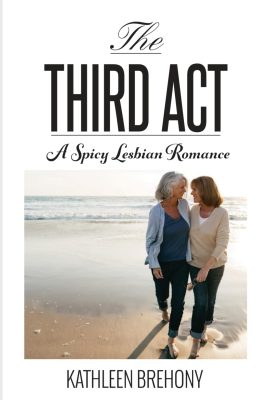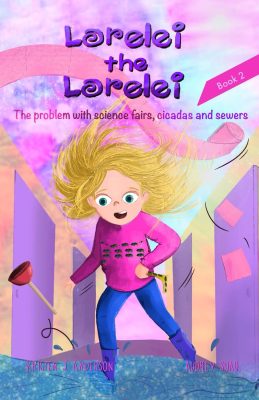What genuinely makes a difference in a couple’s ability and willingness to nurture and maintain their relationship? Rhoda Berlin and Harriet Cannon, both highly insightful psychotherapists, address this significant question through a series of fictional case studies of multicultural and multiethnic couples.
Each couple’s story demonstrates a crucial concept, such as ethnocentrism, the belief that one’s own culture is always right; cultural universal, an element, pattern or institution that is common in some form to all human cultures, such as age-related roles; and acculturation, adapting to the patterns or customs of a new culture.
Other impediments to relationship harmony that are illustrated by the couples’ case studies include: cultural loss, the experience of moving out of one’s culture, social class or ethnic enclave resulting in a sense of estrangement; subculture, membership in an in-group within the majority culture, such as the military or a sorority; cultural grieving, the inability to overcome the loss from migrating to another country or marrying into a different type of family culture; cultural identity, the culture we identify with and feel as a “second skin;” and code switching, the ability to move fluently from one language and cultural context to another.
Children accomplish cultural shifts most easily, code switching from their family’s way of life to a new language or social mores within months. Middle-aged people tend to resist change, hanging on to their traditional life-ways. Older persons may never make a successful shift out of their traditional culture, religion or social class.
Particularly revealing is the notion that people socialized in an individualistic culture, such as America, Canada, the British Isles, Australia, New Zealand or Western Europe, have a demonstrably different social context for relating than people growing up in a collectivist type society. For instance, the extended family remains a major concern for persons growing up in such areas as rural China, Asia, Eastern Europe or India.
Rather than cherishing an improved career or making lifestyle improvements through geographic changes, as in individualistic cultures, extended family-oriented persons are unwilling to sacrifice traditional values of support, loyalty and social approval. For example, a partially acculturated wife who grew up with the expectation that she must cater to her culturally grieving mother’s unceasing demands will find her more successfully adapted husband very unsympathetic to such arrangements.
Multicultural and multiethnic couples get especially hung-up in the shift from early to later stages of their relationship, such as when they encounter the extended family. Let’s highlight one case. William, an American, had an uncle who served in World War II and had returned from that war profoundly impacted by years of internment in a Japanese prison camp. William’s implicit family rule of “never buy Japanese” proved to be a serious drawback for his new companion, Eve, a Japanese-American woman, who had suffered the indignities of living as a child in an American prison camp simply because she was Japanese. Eve experienced “hidden trauma” as she confronted the family’s prejudice and discrimination, contributing to her withdrawal, but William insisted they work out their difficulties. Through counseling, Eve and William developed a “big picture” of their situation, encouraging the extended family to leave their ethnocentrism behind. Now, family members even buy Japanese cars!
Social class differences can be nearly as disruptive as ethnic or racial distinctions. Take the situation of an Indian couple, one from a Brahmin family and the other from a middle class background. The authors portray how cultural differences in their parents’ cooking, gift giving, household décor or child rearing practices can readily upset a couple’s harmony.
Mixed Blessings is a fascinating and educational guide to understanding and healing couples’ relationships under pressure from ethnic, geographic, racial, social class and other cultural disparities. Not only do the authors provide incredibly lucid portraits of couples’ differences that make a difference, but they also indicate steps couples can take to minimize or eradicate apparent diversities.
I strongly recommend this book for its courageous leap forward to elucidate the “hidden culture” that separates and divides loving families and especially for the authors’ substantial skills in showing us the various ways of healing the breaches.
Travelers, educators and students going abroad, along with business people who want a better understanding of how to recognize and bridge cultural gaps would also benefit from reading Mixed Blessings.










Leave A Comment